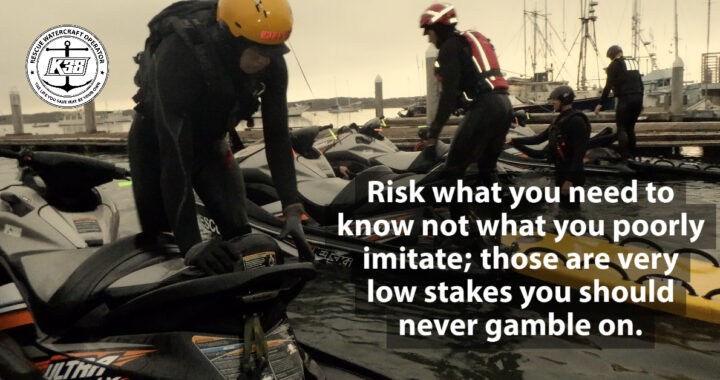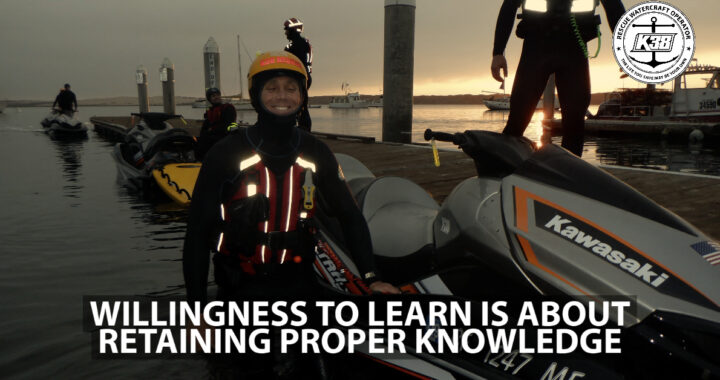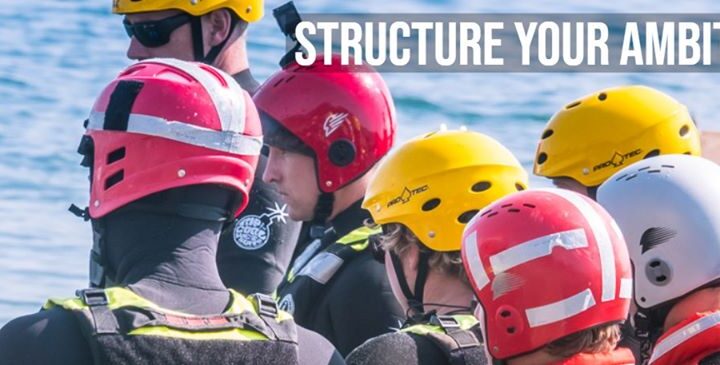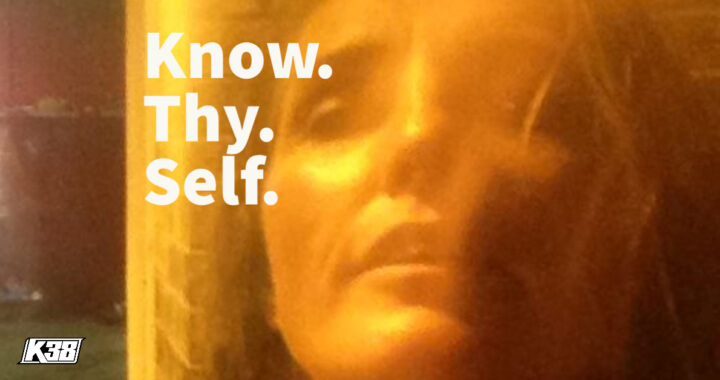The International Water Safety and Rescue Society is made of managers, instructors and participants incorporating or cross referencing a variety of skills and response to risk management practices.
This knowledge is that which honors our ancestor’s experiences because this information is ancient in context.
There is no need to ‘learn lessons from an accident’, but to heed our ancestor’s warnings and experiences they handed to us in trust as stewards of these principles of preservation of life.
Our risk culture is imperative to enforcing an effective risk code of conduct and ethics, integrating incentive and performance accountability, defining the responsibilities and roles consistent in defense of risk mitigation.
The society is measured through its communication values determined by the applicable risks.
Participants recognize the specifics of risk and ensure their views on risk align before an incident occurs or assumptions were misaligned with the reality.
Planning is where the stakeholders join efforts under Subject Matter Experts (SME) guidance within this society.
Subject Matter Experts can prove their SME history with verified documentation and their source materials and have the rightful experience to construct and determine the best outcomes based upon these contributing facts.
The frequency and impact of risk response is what an assessment is based upon. Management actions are specifically responsible to reduce the likelihood or negative impact and increase the positives.
However, this is dependent upon the managements agreed upon risk management strategy and practices for their personnel and equipment use.
• Avoidance
• Acceptance
• Monitor
• Reduce controls
• Transfer controls
• Share controls
These responses are based upon action plans with corresponding assignments to the appropriate owners within the management placement hierarchy structure according to the risk levels and warnings.
This is where the risk assessments serve as gatekeepers of response measures.
Emerging risks can bring negative consequence and widespread failure.
Question: What is training?
Answer: Training is an accurate representation of identifiable outcomes to prepare for the assigned risk tasks and testing methods.
Training is a plan to address unpredicted outcomes to prevent errors in order to represent and reintegrate new practices and safety measures before approving a program or its participants.
This is monitored through recurring assessments to ensure functionality and retention of skills.
The society is constructed to develop resilience with the predictable and unpredictable outcomes. To ensure that safety and programs do not experience catastrophic events and to avoid fraud or negligence in the construct of the risk.
This is the voluntary challenge of resilience to avoid catastrophe.
MAVERICKS AND MAVENS
The risk takers are the ones who test and push the risk to new levels because they are trying to learn. They are not found within a department or agency.
They are found in the public, and are a vital construct of agency dependency. They communicate to the world their actions and they are observed for their investments, sacrifices and lessons they tested to save others from catastrophe.
Imitation ensues from these mavericks often without regard for their input, sometimes it is poor, reckless and negligent or substandard practices that mimic these actions. This is where a program can find sustainable or get lost in its own hubris and left behind in innovation and safety.
Often, our society witnesses the catastrophic failures where these experts are dismissed when they should be lauded and given credit due. We can do better in this regard for promotion of a spirit of cooperation.
These are the creators of risk solutions responders rely upon because they are doing; they are risking with their own support measures or lack thereof and funding it themselves with no compensation for their efforts.
Managers, instructors and students are gleaning from their experiences, do not dismiss their historical evidence.
The faculty of conscious is in the ethical orientation morally of that which is good and that which protects property and lives through the actions of those within the society.
ETHICS
The endurance of the safety risk pedagogy and methods are part of a water safety and rescue hierarchy that is designed to protect health, environment, animal welfare, equipment and human safety.
The society deals voluntarily with rebuilding and improving the representation of safety in risk practices.
The voluntary admission of program managers and participants is a team effort.
Address Challenges and Problems
Admit and assess Failures.
Do not reward Accidents, mishaps or failures
Stop a program when it’s negligent before it becomes gross negligence
Develop necessary skills and acquire verified equipment
Budget for the needs and sustainability of program success
Progress is measurable, maintain effective records for review and accident investigations
Program anomalies are what managers and instructors did not understand or was foreign to them.
This is because their training may have been at or below the status quo and already at risk at its inception.
Program management is consequence of discovery or naivety.
This type of situation creates chaos in programs and actions. When a program was designed with inherent or potential future damages those inherited structures will threaten and damage the program.
Failure should not stop a program; but the failure should be pursued during training so it can be corrected in remedial actions, and progress effectively documented prior to release approval to serve public performance.
The construct is to create a professional and manageable program based on profound and meaningful information that prevents chronic abuse of safety through ignorance and to ensure mission success.
The cure to risk potential or post-accident investigation is securing effective or new information that is garnered outside of the damaged management system, the community and the instructor program or association.
If this is ignored the risk failure will continue to engage. The associated risk is preventable by decisions made in the hierarchy of the structure and individuals who represent this.
Intrinsic manager, instructor, responder values have multiple responsibilities. We have a destiny lined out in our goals and in our participation in these systems.
These responsibilities have to be taken seriously, because your good and your bad affect results. Positive improvement should be a continual and repetitive action and behavior.
THE WHOLE TRUTH
Question: What is a professional responder or manager?
Answer: A person who utilizes a planned and standardized sequence of actions based on tested and authorized behaviors overseen by a third-party assessor for authenticity.
The subsequent results are verified equipment, understanding of the assigned risk of their personnel and its mission; capability to respond (or not respond depending on the severity of the situation) to the level of their qualification successfully.
Professional responders often work on a variety of identifiable teams tasked to a set mission either regionally or outside of their jurisdiction and with additional outside resources (mutual aid) in response to persons or animals in a variety of risk environments.
A. Local Response
B. Natural Disaster
C. Catastrophic Disaster
D. War, Bio or Terrorism Threat
E. Cyber Security Threat
F. Celestial Event
GOALS
1. These actions and behaviors have predictable outcomes
2. These actions and behaviors have assigned roles and rules
3. These actions are evidential facts based off historical experience that is chronicled
• Positive Outcomes
Public Trust
Health and Environment protection
Agency Trust
Equipment Protection
Teamwork Flow
Safety is enabled
Emergency decisions enacted positively
• Negative Outcomes
Program degradation
Instructor Reputation Damaged
Failure to perform assigned duties
Equipment damaged or lost
Accidents
Injuries
Death
5. These actions and behaviors should not be repeated after ‘lessons are first learned’
6. These actions and behaviors should be reviewed and updated as new technologies and anomalous experiences are identified
7. Behavioral Training sequenced in steps or stages for retention of the standards and safety practices
• Positive Enabling Outcome
• Negative Disabling Outcome



